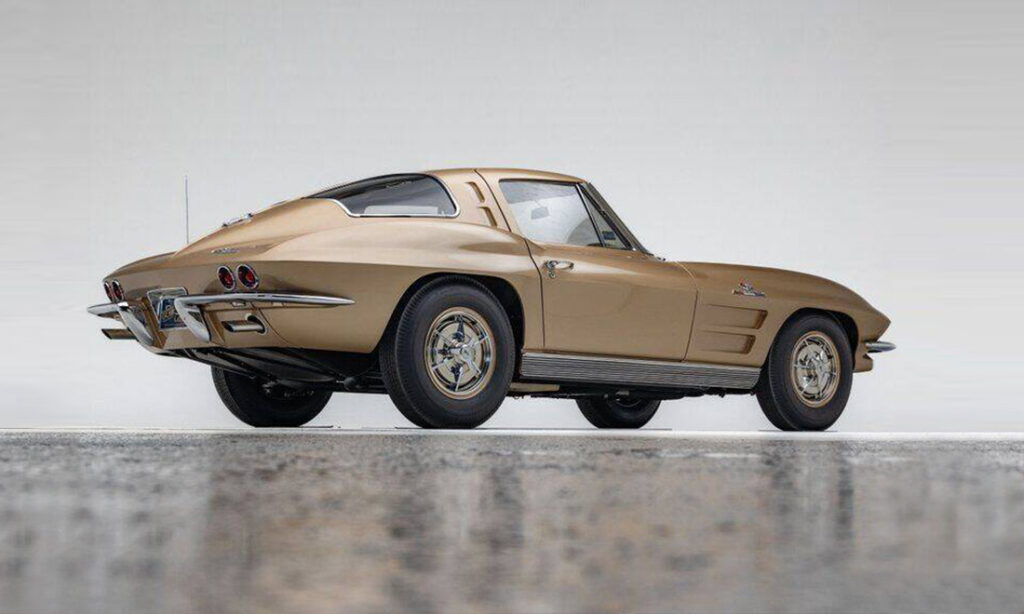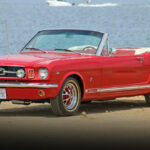Retro Review: The BMW M1 Supercar
The BMW M1 is the supercar that sparked the M Division. Here is everything that you need to know about its history and impact on the automotive world.
The First BMW M Car

It’s easy to look back on cars like the Lamborghini Miura, the Chevrolet Corvette, and the Porsche 911 as landmarks that drove their company forward. What’s often more challenging is to see where something exceptional did the same job while itself being unsuccessful. That’s exactly what the BMW M1 did though. Despite huge challenges during production and a failed racing series, it laid the groundwork for what would turn into BMW’s M Division. Today, after more than five decades of incredible M cars, we look back on the one that sparked the rest, the M1.
Concept and Development of the BMW M1
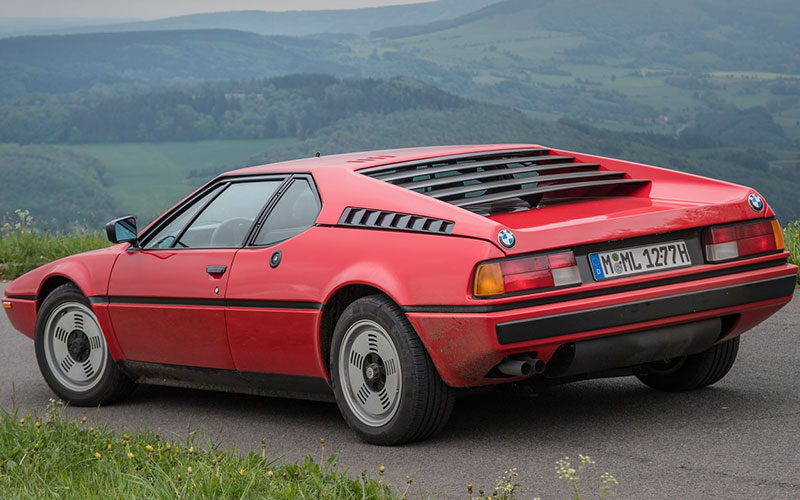
As we’ve pointed out in the past, the M1 wasn’t actually the very first M car. That would be the 1976 BMW 530 MLE. What makes the M1 so special, and still arguably the first M car in its own way, is that it still laid the nomenclature for all of its descendants. It also laid the groundwork as the first truly iconic M car that the M Division was responsible for developing from start to finish.
The road to the final product was a rocky one though. In an effort to take on Porsche in Group 5 racing, BMW approached supercar maker Lamborghini. A deal was struck for the house of the raging bull to build the new car but it would never happen. Financial issues plagued Lamborghini and as it filed for bankruptcy BMW had no choice but to cancel the contract and change plans.
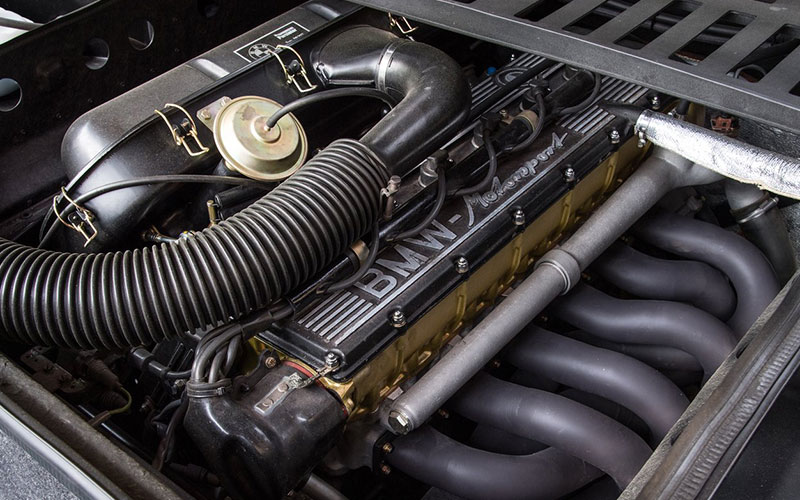
What it did instead was to partner with a newly-formed company called Italengineering which finished the development process under M Division. Under the rear decklid was BMW’s 3.5-liter DOHC inline-six with some 277 horsepower on tap. A five-speed manual transmission from ZF sent power to the rear wheels only. In fact, it’s the same engine that BMW used for the racing version of the M1, albeit not strung so tightly. Atop the powerplant was a body designed by Giugiaro. Once all the parts and pieces were complete, the final assembly took place in Stuttgart.
Production, Racing, And Failure
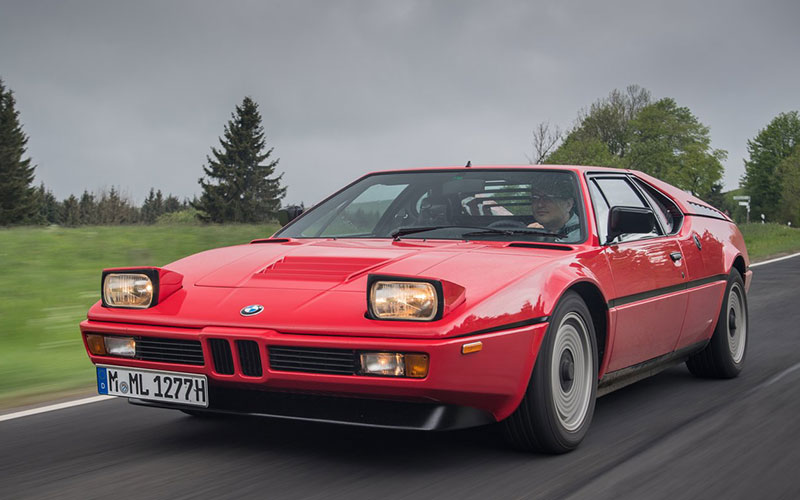
Cars finally started rolling off of the assembly line in 1979 after the seed of the M1 had been planted in the BMW Turbo concept that came out in 1972. That long development cycle cost a lot of money and as a result, the price of the finished product was high. Securing one would demand a premium of six figures or more. Money aside, it would prove to be an incredibly impressive road car.
One review of the period said, “The M1 might have been the right car at the wrong time, but every driver deserves a turn at the wheel of what is probably the best fast car ever built.” Those years of painstaking development ended with a car that managed to blend everyday civility with race-track speed and precision. Sprints from 0-60 took just 5.6-seconds and it could keep running up to 162 mph if you let it. The racing version, limited to less than 75 units, was even faster.
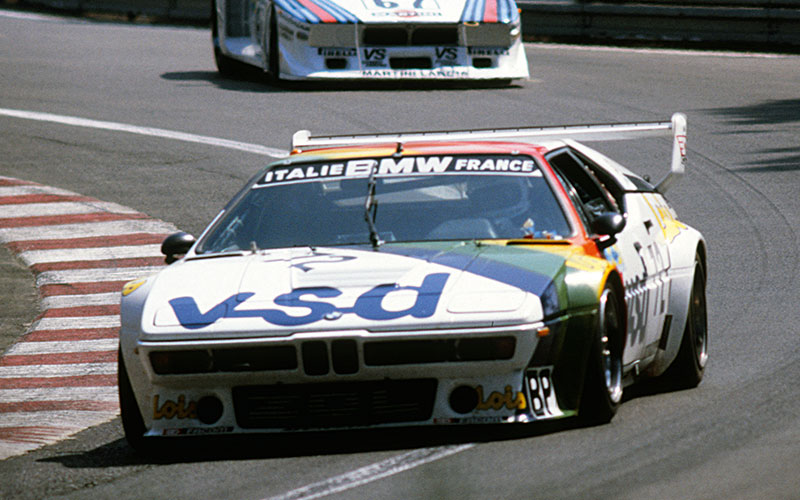
As mentioned above, it used the exact same engine as the road car but was tuned to within an inch of its life. The result was 470 horsepower at 9,000 RPM and a top speed of almost 200 mph. Sadly, it would never be successful in large-scale racing series. When the car was first in development, it was intended to race in Group 4. By the time the road-going homologation cars (required to race in group 4) were completed, the series was all but dead.
BMW resorted to creating its own racing series for the M1 exclusively but that wasn’t enough to salvage it from an early demise. The budget at BMW Motorsports had been extensively slashed and the M1 couldn’t continue. That didn’t stop privateers from going further with it though. It raced all over the world in the hands of others including at Le Mans where it took sixth place overall. David Cowart also used the M1 to win a championship in IMSA GTO competition.
The Effect Of The M1
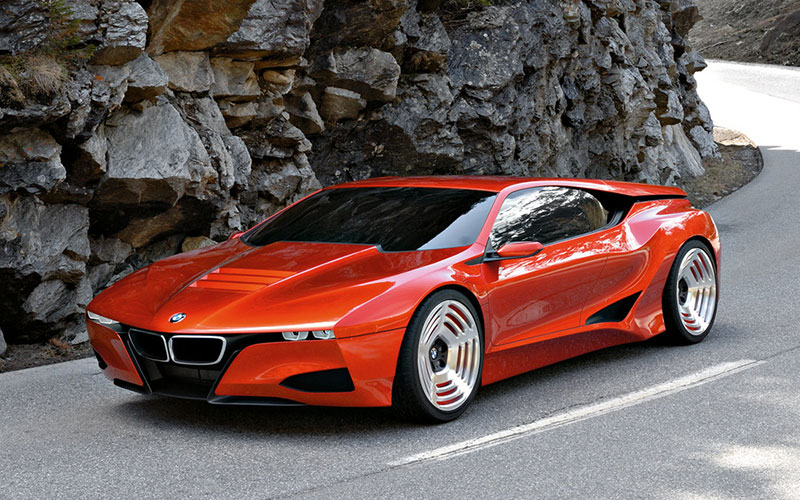
BMW shifted its focus away from competing with companies like Porsche, Lamborghini, and Ferrari as the M1 failed. No longer did the German brand have interest in producing supercars. Instead, it would double its efforts to make the road cars it was already building faster and more competitive. Today, as we look back on the best BMW M cars to ever be built they share those qualities. They’re incredible everyday machines with racing DNA just below the surface.
The M1 isn’t the black sheep of the BMW family either. Back in 2008, BMW released the M1 Homage Concept, a design exercise with no known specifications. It wasn’t much longer though until in 2009, the i8 concept arrived on the scene. Vastly different in goal from the M1, the i8 still clearly inherited its good looks from the O.G. BMW supercar.
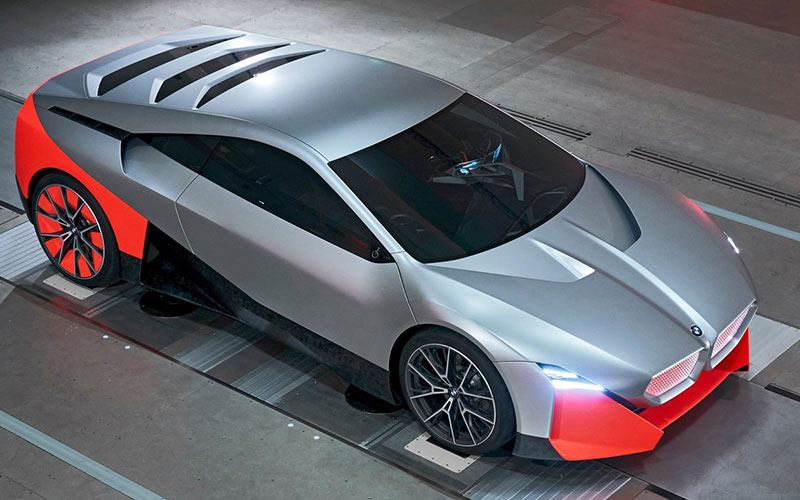
Then, in 2019, BMW released the Vision M Next concept which plays off of the M1 along with its design descendants and serves as a window into the future of the M Division. Now that electrification is becoming more popular we wouldn’t at all be surprised to see a future road-going iteration of the M car that started it all, the M1.




